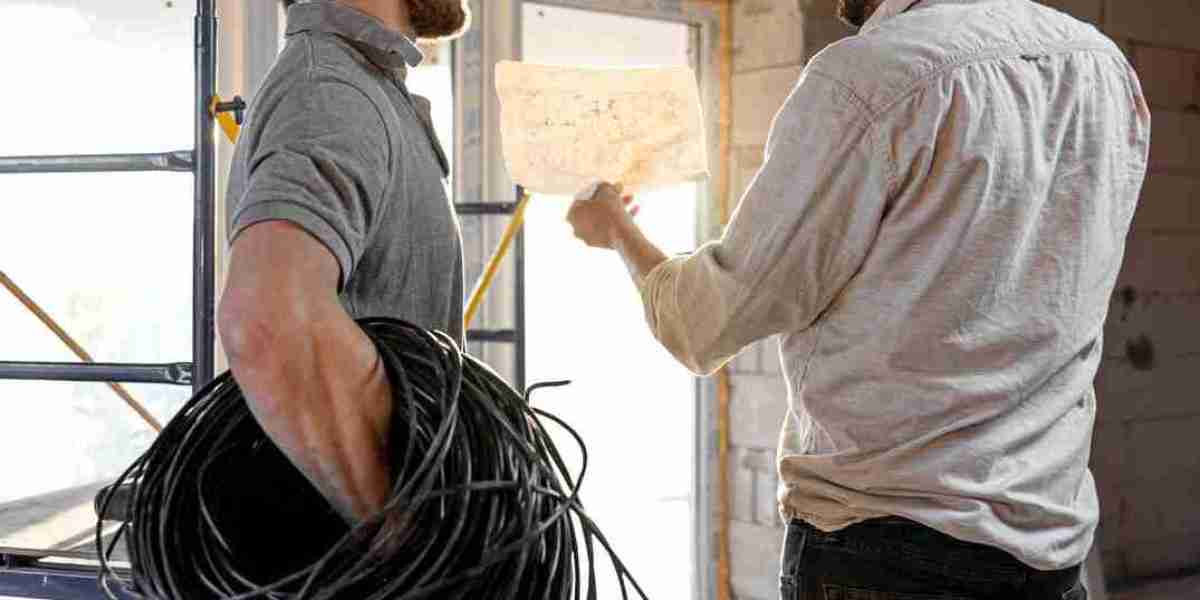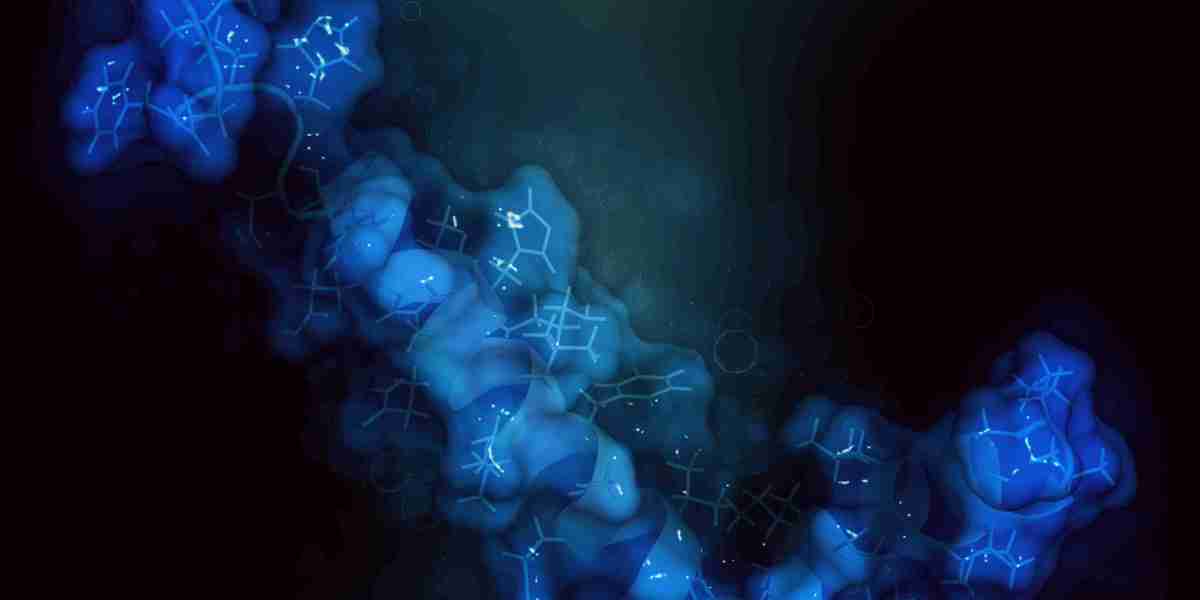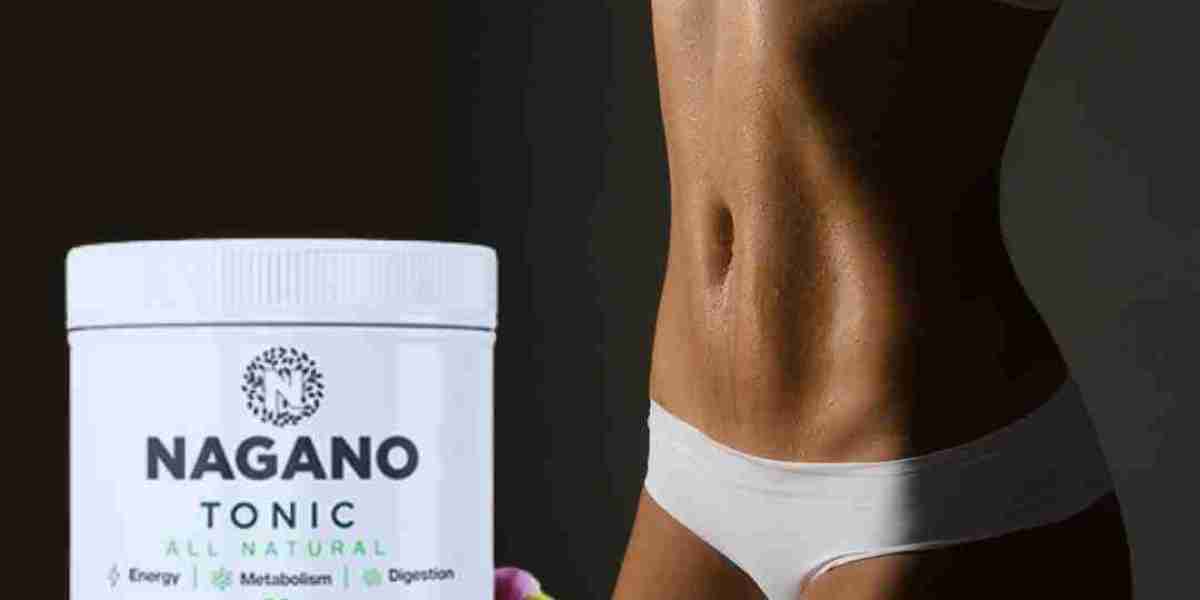Drywall plastering is a fundamental component of modern construction, offering a smooth and even surface for walls and ceilings. It is widely used in both residential and commercial projects, providing a finish ready for painting or wallpapering. This guide explores the drywall plastering process, tools required, benefits, and essential tips to achieve professional results.
What is Drywall Plastering?
Drywall plastering refers to applying plaster over drywall sheets (also called plasterboard or gypsum board) to create a flawless surface. The process involves taping joints between drywall panels and covering them with layers of joint compound. Once dried and sanded, the plaster provides a uniform surface that is primed for further decorative work, like painting or tiling.
This method is preferred for its simplicity, efficiency, and durability, making it a common practice in new builds, renovations, and repair projects.
Tools and Materials for Drywall Plastering
To achieve a professional finish, having the right tools is crucial. Some essential tools include:
Drywall sheets: These panels form the base that will be plastered over. They come in various thicknesses and sizes depending on the project’s needs.
Joint tape: Used to cover the seams between drywall sheets to prevent cracks.
Joint compound (mud): This material smooths out imperfections and creates an even surface.
Taping knife: A flat tool used to apply joint compound over seams and nail holes.
Sanding block or drywall sander: Helps smooth the surface after the joint compound has dried.
Corner beads: Reinforce external corners, making them resistant to wear and impact.
Drywall screws: Secure the drywall sheets to the framing structure.
These tools and materials ensure that the drywall plastering process runs smoothly from installation to the final finish.
The Drywall Plastering Process
1. Preparing the Drywall Surface
Before starting, it is important to inspect the drywall for any gaps or damages. All screws should be countersunk slightly below the surface. Clean the area to ensure there is no dust or debris, as this can affect the adhesion of the joint compound.
2. Taping the Joints
Joint tape is applied along the seams between drywall panels to create a stable surface. This prevents cracks from forming in the finished wall. For the best results, use a self-adhesive mesh tape, which sticks directly to the drywall and provides additional strength.
3. Applying the Joint Compound
The first layer of joint compound is applied over the taped seams using a taping knife. The compound should be spread evenly, extending a few inches beyond the seams to blend with the drywall. This layer needs to dry completely before adding subsequent coats.
4. Adding Multiple Layers
After the initial coat has dried, additional layers of joint compound are applied. Each coat is slightly wider than the previous one, ensuring a smooth transition from the joint to the drywall. Typically, two to three layers are sufficient to achieve a seamless finish.
5. Sanding the Surface
Once the final coat is dry, the surface is lightly sanded to remove any imperfections or ridges. A fine-grit sanding block or drywall sander works best for this step. Proper sanding ensures the surface is ready for painting or other decorative finishes.
6. Priming and Painting
The final step is to apply a primer, which prepares the surface for paint or wallpaper. Priming is essential as it seals the drywall and joint compound, ensuring an even absorption of paint. Once primed, the surface is ready for the desired decorative finish.
Benefits of Drywall Plastering
1. Smooth Finish: Drywall plastering provides a smooth, uniform surface that is ideal for painting or wallpapering.
2. Durability: Properly plastered drywall is resistant to cracks and damage, ensuring a long-lasting finish.
3. Ease of Repair: In the event of damage, plastered drywall can be easily patched and repainted.
4. Cost-Effective: Compared to traditional plaster, drywall plastering is quicker and more affordable.
5. Sound Insulation: When combined with appropriate insulation, drywall helps reduce noise transmission between rooms.
6. Fire Resistance: Some types of drywall offer enhanced fire resistance, contributing to building safety.
Tips for Achieving a Professional Finish
Work in Small Sections: Applying joint compound in manageable sections helps achieve an even finish.
Feather the Edges: Smooth out the edges of each layer to prevent noticeable lines or ridges.
Use Light Pressure: When sanding, apply light pressure to avoid removing too much material or damaging the drywall.
Inspect in Natural Light: Natural light helps reveal any imperfections that may need further attention.
Wear Safety Gear: Sanding creates fine dust, so wearing goggles and a dust mask is essential for safety.
Common Drywall Plastering Mistakes to Avoid
1. Skipping the Primer: Failing to apply primer can result in uneven paint absorption and visible joint lines.
2. Over-sanding: Excessive sanding can damage the drywall and require additional repair work.
3. Applying Thick Layers: Thick layers of joint compound take longer to dry and are more prone to cracking.
4. Rushing the Drying Process: Joint compound needs adequate time to dry between layers to prevent future issues.
5. Ignoring Corners: Properly reinforcing and smoothing corner beads is essential for a professional finish.
Drywall Plastering vs. Traditional Plastering
Drywall plastering and traditional plastering serve similar purposes but differ significantly in their application. Traditional plastering involves applying multiple coats of wet plaster to a wall or ceiling, which takes longer to complete and requires more skill. Drywall plastering, on the other hand, is quicker and easier, making it a popular choice for modern construction projects.
Another key difference lies in the drying time. Traditional plaster takes longer to dry, whereas drywall joint compound dries relatively quickly, allowing for faster project completion. However, traditional plastering provides superior sound insulation and durability, making it ideal for specific applications, such as heritage restoration.
When to Use Drywall Plastering
Drywall plastering is suitable for most interior walls and ceilings in residential, commercial, and industrial projects. It is especially useful in areas where a smooth, paint-ready surface is required. Common applications include:
Living rooms and bedrooms: Providing a flawless finish for painting or wallpapering.
Offices and conference rooms: Creating a professional appearance with minimal effort.
Retail spaces: Offering a smooth backdrop for displays and branding.
Bathrooms and kitchens: When used with moisture-resistant drywall, it works well in humid environments.
Conclusion
Drywall plastering is a versatile and practical solution for modern construction, providing a smooth and durable finish for walls and ceilings. With the right tools, materials, and techniques, anyone can achieve a professional result. By following proper preparation, application, and finishing processes, drywall plastering offers an ideal surface ready for painting, wallpapering, or tiling. Whether used in new construction or renovation projects, drywall plastering ensures walls and ceilings look pristine and remain durable for years to come.







